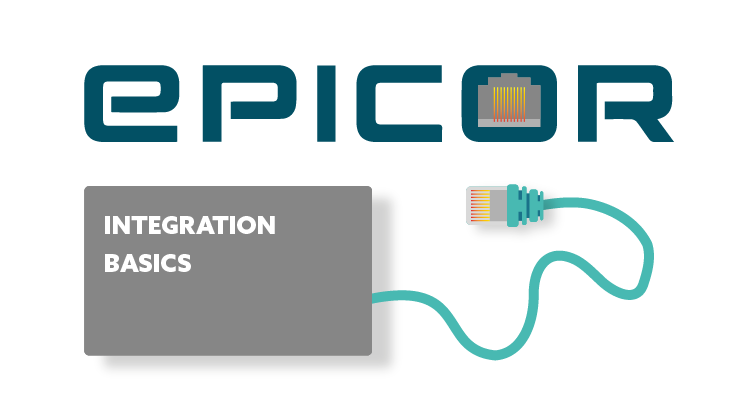What you need to know to integrate with Epicor ERP

Integration between Epicor ERP and other systems.
This is a subject to be wary of, because there are a lot of people ready to tell you things that aren’t strictly true.
Epicor ERP10 / Kinetic is great, and very flexible. But of course there are things it can’t do, and there will always be specialised services that work much better for particular things.
If you have something like that, and want other software to talk to your Epicor system, you may get one of two answers when you ask about connecting the two:
- It can’t be done, because there is no existing solution
- It’s very easy, because Epicor provide REST API access so we can just use that
The truth is somewhere between the two, usually.
As long as your Epicor system is reasonably current (10.2.500 onwards), integrating in both directions is quite straightforward - with knowledge of Epicor. For older systems, outward integration is straightforward, but complete solutions usually need Epicor’s Service Connect middleware or an equivalent.
So how to integrate with Epicor?
The key is knowing what you need Epicor to do, and how Epicor does it.
The APIs are quite low-level. You can’t simply, for example, send sales order data to a “create sales order” point. The Epicor system will want a sequence of calls, in the right order, with the right data each time.
That means anything is possible, but you’ll get there faster if you have someone in your corner who knows how to work with Epicor.
And - warning - this applies even to “no code” or “low code” tools. They may connect to Epicor, but you’ll still need to know what to do with that connection. An integration solution doesn’t do all the work for you.
Summary?
Yes, you can integrate beautifully with Epicor, or connect other software to it. It’s just a whole lot faster and smoother doing it if you’ve done it before or involve someone who has.